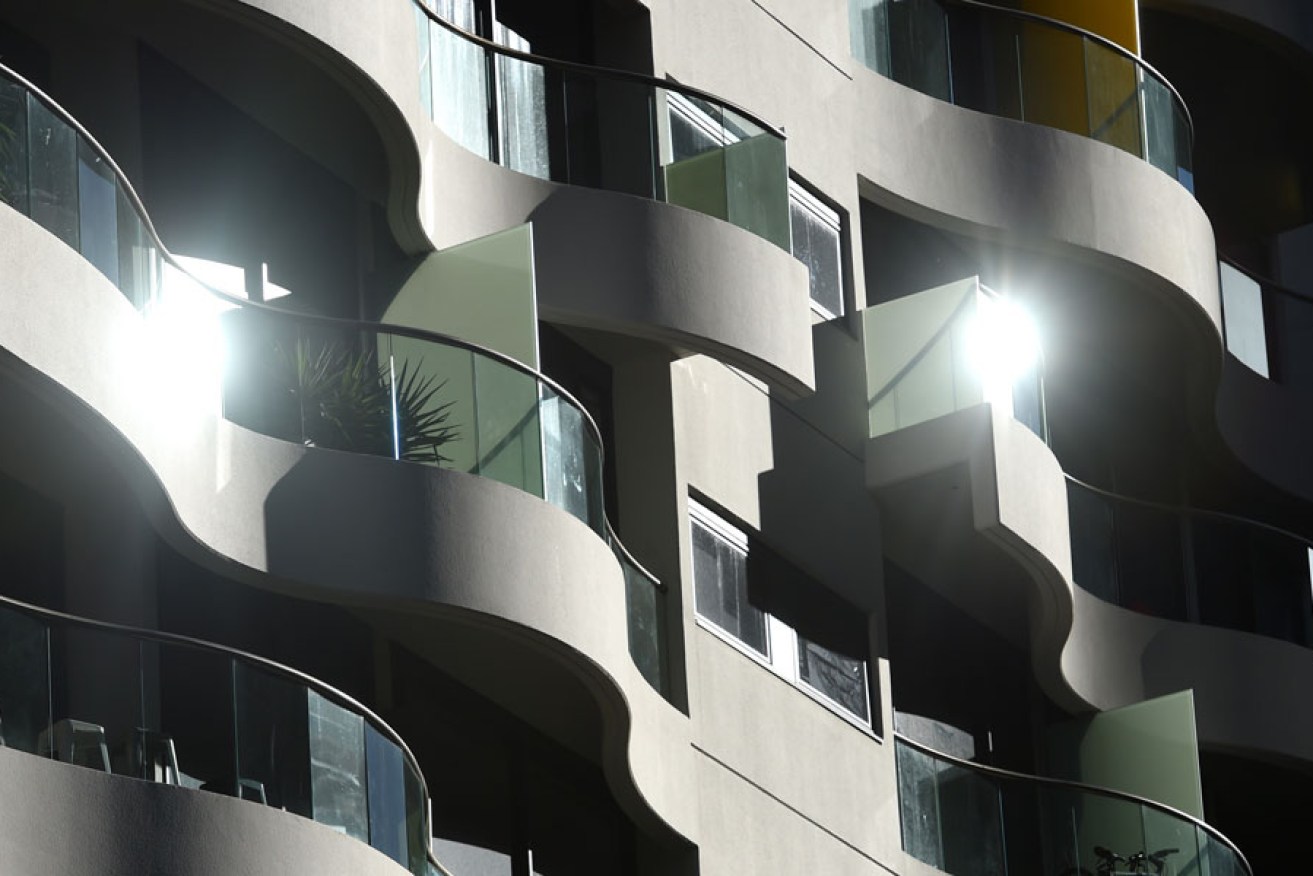Adelaide rents fall as market stagnates
Adelaide’s annual rents have slowed slightly amid the softest capital city rental market conditions for 20 years.


Rentals in Adelaide fell by 0.4 per cent over January to January, according to the latest CoreLogic RP Data.
During the past year, rents had slight increases in Sydney (+1.4 per cent), Melbourne (+2.1), Hobart (+0.1) and Canberra (+1.8).
Rental rates fell for the same period in Brisbane (-0.7), Adelaide (-0.4), Perth (-8.6) and Darwin (-13.4).
Dwelling rental growth is now at its lowest level on record, according to the January 2016 CoreLogic RP Data Rental Review released today.
Currently the median rent rate is $443 across the combined capital cities.
The rate of annual rental return or decline across every capital city, except Canberra, is also now lower than it was a year ago.
Weekly rents across the combined capital city increased 0.2 per cent during January, however, they were unchanged over the past 12 months.
“CoreLogic has tracked annual rental changes since 1996 and over that time, rental growth conditions have never been weaker,” research analyst Cameron Kusher said.
“At the same time last year rental rates had increased by 1.7 per cent highlighting that the slowdown in rental conditions has been sharp over the year.”
Usher said a combination of factors was affecting the national rental market.
“Among these is a higher level or rental stock resulting in greater options for renters, a slowdown in population growth, higher than normal investment activity and stagnant wage growth.
“More rental stock at a time when demand is easing due to slowing population growth, and little wage growth for renters, has resulted in flat rental growth conditions over the past year.
“For renters there is a lot more accommodation options in the market while simultaneously, landlords are now required to respond to a more competitive environment which, in many cases means keeping rents steady or in some areas reducing rents in order to keep a tenant.”
The changes in rents have not been spread evenly.
The slowdown of the mining investment boom has hit Perth, where rents fell by 8.6 per cent through the year, and in Darwin, where the fall was even larger at 13.4 per cent.
The Australian Bureau of Statistics index of capital city rents used in the consumer price index reflected the report findings.
The lowest annual growth recorded in the ABS series, which goes all the way back to 1972, was 0.4 per cent in 1993.
In other data released on Monday, CoreLogic stated housing prices had risen last week in the mainland state capitals except Perth, which was also the only centre recording an annual price fall, of 4.8 per cent.
Melbourne recorded the fastest growth, 11.0 per cent, with Sydney a close second at 10.2 per cent.




